
Vitamin K is a complete group of fat-soluble vitamins that play an important role in the human health. All types of vitamin K fall into a large chemical category of substances called naphthoquinones. There are two main types of vitamin K. The first one comes from plants, and it is called phylloquinones. Bacteria in human intestines make the second type, and it is called menaquinones. Only cyanobacteria make phylloquinones instead of menaquinones. Up to 90% of our dietary vitamin K comes in the form of phylloquinones. This actually means that over half of our dietary vitamin K comes from vegetables, especially green leafy vegetables.
Health benefits of vitamin K
The most prominent role of vitamin K is the one in healthy blood clotting. The vitamin even owes its name to the German word “koagulation”, which means, “clotting of the blood”. Vitamin K supports the body's ability to maintain normal levels of blood clotting. This actually means that vitamin K regulates closing of the wounds and, on the other hand, prevents the formation of blood clots that can block the blood vessels. Another important role of vitamin K is the protection of the bones from weakening and fracture. Therefore, this vitamin is especially beneficial for women who have passed through menopause and are at increased risk of developing osteoporosis. Moreover, vitamin K prevents calcification of blood vessels or heart valves. Calcification causes hardening of the arteries and other cardio-vascular problems.
Food sources for vitamin K
Vitamin K is abundant in leafy green vegetables. The excellent sources for vitamin K are spinach, Brussels sprouts, Swiss chard, green beans, asparagus, broccoli, kale and mustard greens. Green peas and carrots are also very good sources.
The amount of vitamin K in a specific food may rise after fermentation. Fermentation of soy, for example, supplies large quantities in Japanese cuisine. Fermentation of cheese may also increase their vitamin K content. Proprioni bacteria ferment Swiss Emmental cheese and Norwegian Jarlsberg cheeses, and their vitamin K content is very high.
The easiest way to get enough vitamin K is to consume fresh parsley. Two tablespoons of parsley contain approximately 153% of the recommended daily amount of vitamin K.
Recommended daily intake
Adequate Intake (AI) levels for vitamin K are as follows:0-6 months: 2 micrograms 7-12 months: 2.5 micrograms 1-3 years: 30 micrograms 4-8 years: 55 micrograms 9-13 years: 60 micrograms 14-18 years: 75 micrograms Males, 19 years and older: 120 micrograms Females, 19 years and older: 90 micrograms Pregnant or lactating females, 18 years and younger: 75 micrograms Pregnant or lactating females, 19 years and older: 90 micrograms




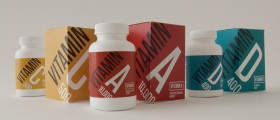



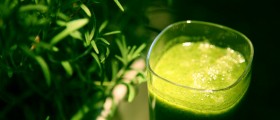
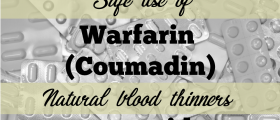
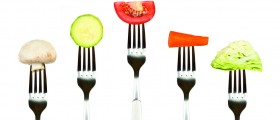
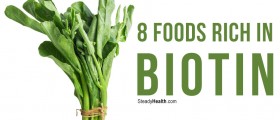



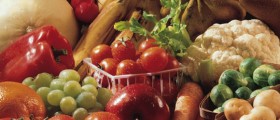

Your thoughts on this
Loading...